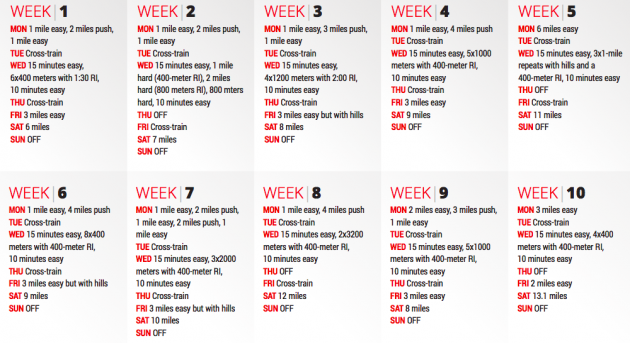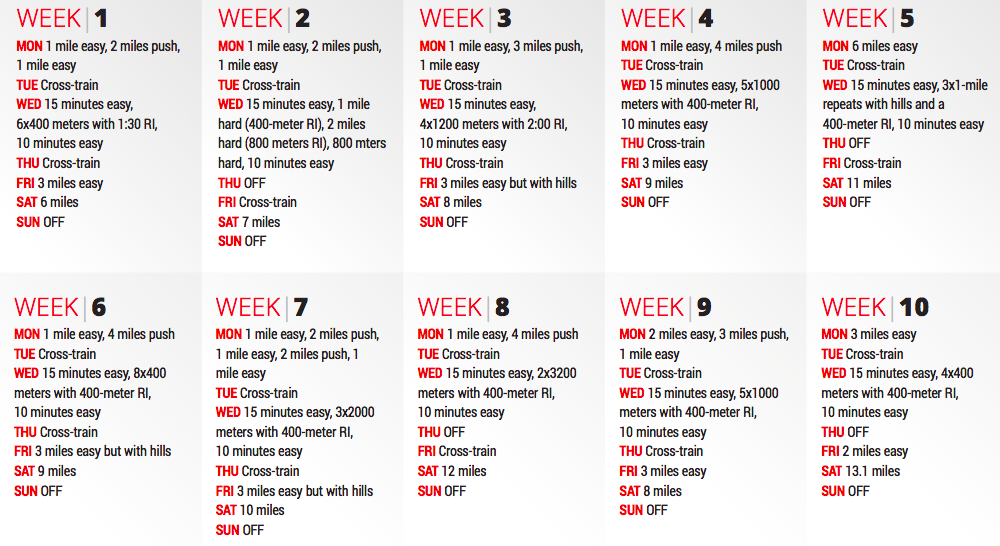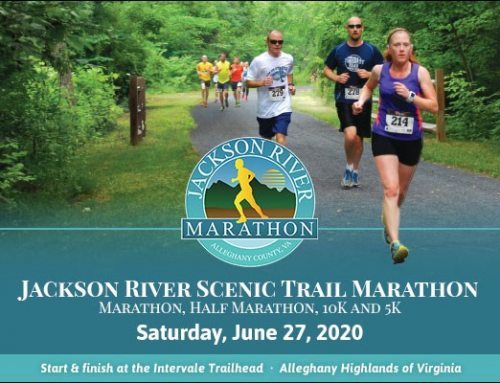By Brian Diaz
Running, when done correctly, is such a beautiful extension of the human body and what it is capable of doing with such grace. It’s an easy way to exercise for most since it does not require too much strategy of planning and the cost for a decent pair of shoes is not too overwhelming. A recent scan of social media sites revealed dozens of hashtags including #halfmarathon, #running, #5K and named races of the said weekend. Many of us have friends that are training for an event and are including us in the journey via Facebook, Twitter and Instagram.
Unfortunately, occasionally the journey comes to an abrupt halt when injury invades the workouts, and in some cases, surgical procedures may wipe out the possibility of achieving the goal (both immediately and in the future). While running does increase the amount of stress put on the body and increase the risk of injury, there are safe ways to prevent this from happening.
The body does not distribute the stress equally and some tissue and structures are obviously more affected than others. The knees, especially in females for physiological and strength reasons, bear the brunt of the load with running and can increase forces on the joint by up to two to four times your body weight. My first suggestion would be to find a local shoe store that takes the time to fit you into the best shoe. Also, visit a physical therapist or personal trainer that has the experience and knowledge to assess you, both statically and dynamically, and do a Functional Movement Screen.
While proper footwear, good mechanics, corrected imbalances, and a decent strengthening program will definitely help, it also comes down to programming and allowing the body to recover after runs by cross-training or doing less intense sessions in between run workouts. A group out of Furman University released a book called “Run Less Run Faster” several years ago that really made sense to me as a physical therapist. It remains a guide for all the suggestions I make to current patients looking to complete their first half-marathon with histories of knee problems or other lower extremity overuse symptoms.
The plan included in this piece is designed for average runners looking to complete their first half-marathon. I’ll assume you are able to run up to 5 miles problem-free now and have already consulted with your local shoe store and physical therapist to help with the other aforementioned concerns to stay injury-free. This plan is strategically formulated to prevent injury by balancing cross-training and track and hill workouts to increase strength while decreasing the overall volume of running and pounding.
Easy = able to hold a conversation; exertion level a 4/10
Push = more difficult to continue to talk; exertion level a 7/10
Hard = not talking at all; exertion level a 9/10
RI = Recovery Interval

# # #
Brian Diaz is the head physical therapist and sports specialist at ActivEdge Fitness & Sports Performance. He is a Level II Certified TRX Suspension Trainer and a USA Triathlon Certified Coach. Follow him on Twitter (@JediTriathlete) or go to his website at ExperienceTheEdge.com for more exercise ideas.







